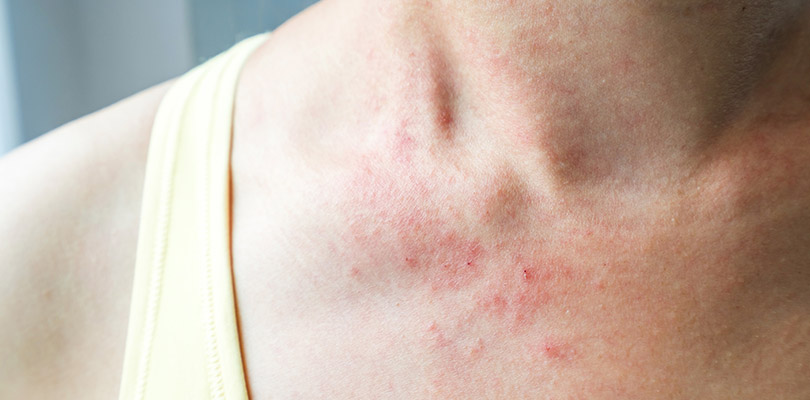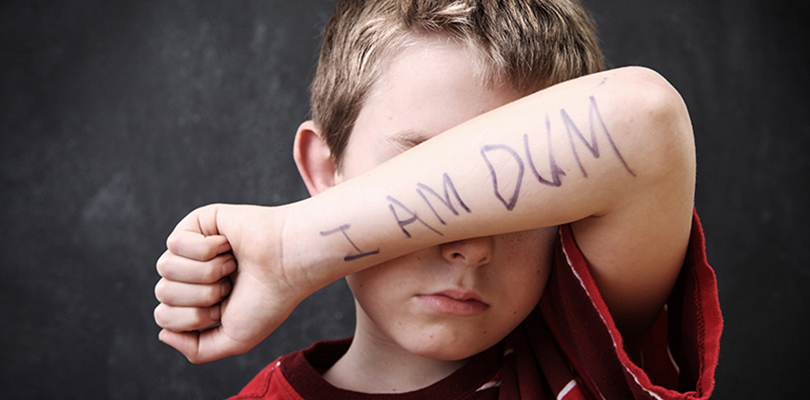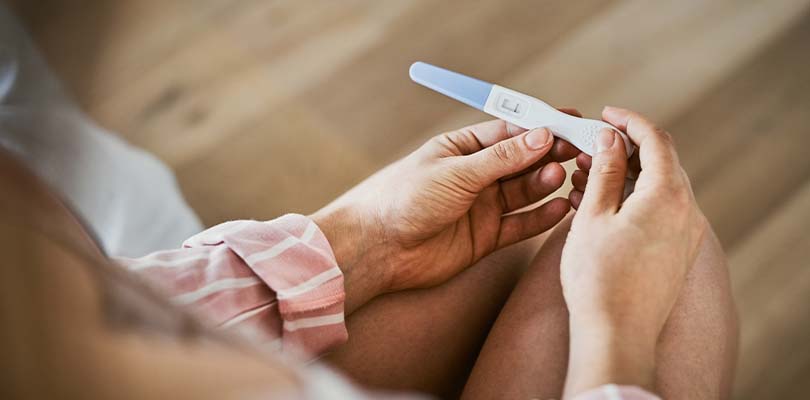Understanding Cachexia
Whether it is chronic or acute, having any serious physical health condition places an enormous burden on the individual. Medical conditions have the undeniable ability to create havoc on a person’s physical, mental, social, and spiritual health and well-being.
So many illnesses trigger unwanted and dangerous effects, but in other cases, the indirect effects and side effects of the condition are just as problematic. Cachexia is a prime example of an indirect result of a condition that could be even more damaging than the original problem.
Although people may not be familiar with the term, cachexia is a condition that can lead to very serious and unwanted consequences. If you are experiencing a severe physical health issue or you care about someone who is, you should learn all you can to recognize better and treat cachexia.
What Is Cachexia?
You may not have heard of the term “cachexia,” but chances are you have some familiarity with the condition and its impact. Cachexia is a wasting disorder where the person will lose tremendous amounts of weight and muscle mass.
Cachexia is often progressive, which means the weight loss may be mild at first but gains momentum until the person is extremely fatigued, weak, thin, and frail. If professional medical interventions cannot stop the advancement of cachexia, a person can die from any number of complications linked to cachexia.
Usually, cachexia does not emerge independently. Instead, the condition accompanies other severe or chronic diseases in their later stages, including:
- Various forms of cancer
- Congestive heart failure
- Pulmonary conditions like chronic obstructive pulmonary disease (COPD)
- Kidney and liver disease
- Cystic fibrosis (CF)
- Rheumatoid arthritis
- Osteoarthritis
- HIV
In cachexia, the body experiences a multisystem inflammatory response. This inflammation leads to the body processing fats, proteins, and carbohydrates in abnormal ways.
The presence of cachexia drastically decreases a person’s quality of life. With cachexia, they will not feel hungry, enjoy eating, or think that food tastes appetizing.
How Is It Diagnosed?
Because it is a vague condition that is linked to other physical health conditions, cachexia can be challenging to recognize and diagnosis properly. To meet the criteria for diagnosis, a person must:
- Lose more than five percent of their body mass over the last six to 12 months without intending to do so
- Have a body mass index (BMI) of less than 20 or less than 22 for people over 65-years-old
- Have less than ten percent body fat
Eczema symptoms are different for everyone affected by the condition, and the symptoms of eczema can range anywhere from mild to severe.
If a person fits all of these criteria, cachexia is an accurate diagnosis.
As mentioned, cachexia is most common among people with cancer.
- Half of all cancer patients have cachexia
- Around 80% of people with advanced cancer have cachexia
- Cachexia is responsible for anywhere between 20% and 40% of all cancer-related deaths
Cachexia Treatments Options
When cachexia is in place, it can be challenging to stop the influence of the condition. Luckily, there are some options shown to limit the negatives like:
- Adding pleasure to meals. With a loss of appetite, eating can seem like a chore, but by focusing on the fun or social aspects of eating, the appetite may increase.
- Eating small amounts more frequently. To someone with cachexia, the idea of a full meal can be very unappealing. If they can try to eat small, frequent meals, the person may get the nutrition they need.
- Exercise. Someone weak and frail will not feel like exercising, but getting out and expending some energy can help stimulate hunger. Experiment with different types of exercise at different times to study the benefits.
- Appetite boosters. There are some medications prescribed to increase the person’s appetite artificially. Drugs like dronabinol, megestrol, and glucocorticoids can trigger more hunger, but they cannot help to stop the progression of symptoms linked to cachexia.
- Supplements. Ingesting supplements and guiding the diet in special directions may help with cachexia symptoms. Fish oils can help reduce inflammation. Additional protein can help improve the immune system. These paired with light exercise can maintain muscle and reduce the fatigue of cachexia.
Perhaps the best treatment for cachexia is the support from loved ones. Ideally, trusted supports would know when to challenge their loved ones to eat more and increase their exercise.
Supports will also know when to back off and allow the symptoms to run their course. Forcing a person with cachexia to eat or becoming angry with them because they cannot eat is not fair to anyone.
Sadly, due to the progressive nature of the condition, weight loss, muscle wasting, and fatigue will continue, no matter the person’s diet. No one can reverse the late stages of cachexia.
At times, the only course of action is finding ways to bring bits of pleasure and contentment to the person’s life. Asking and following through on their desires can add the joy they seek.







